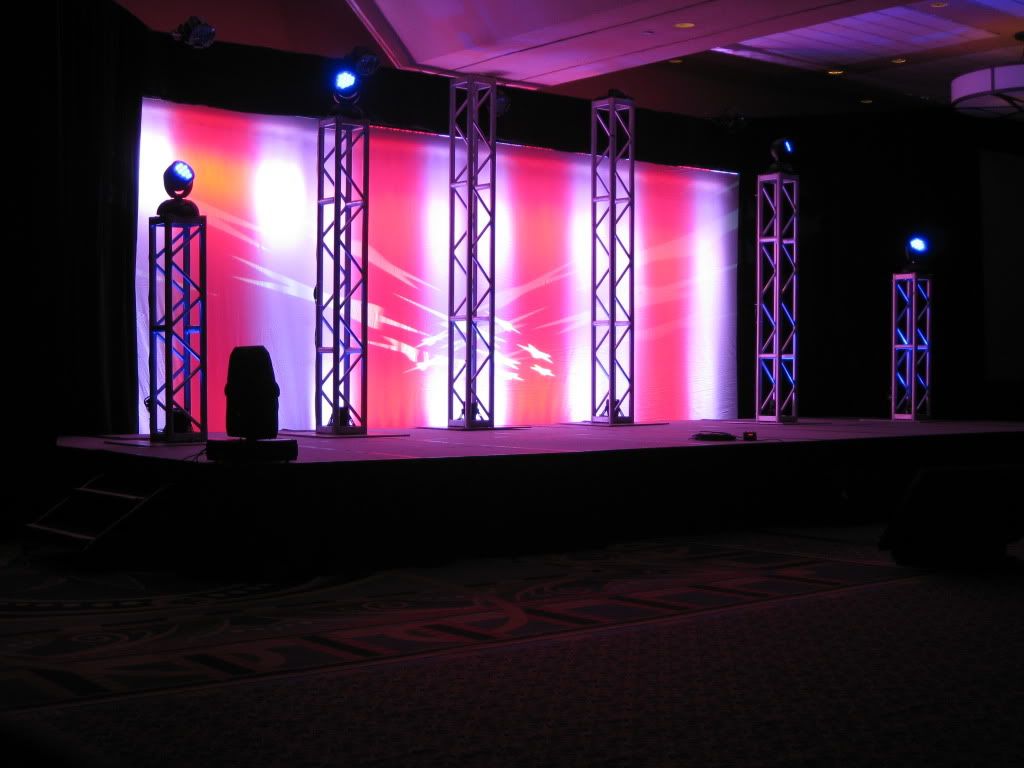I find that its better to spend more money and get less product which does what you need it to do vs more product with less money and end up with the product not doing what you need it to do.
For example, I needed to get some smaller in physical size, less power hungry fixtures. I was leaning towards the
DS 250 Pro. My only problem was the 250w arc lamp. A lot of what I do, I need a 575w or more arc lamp. So while it fit with regards to smaller and less power, it didn't with regards to output. I was going to pull the trigger on 4 in December, but figured I would wait till after LDI to see what new products would be coming out.
Sure enough, Elation didn't disappoint me.
Plantinum Spot 5R is smaller then even the DS 250 Pro, uses less power then a DS 250 Pro, and has an output closer to that of a 575w lamp then a 300w lamp. Fit the bill prefectly. 4 PS 5Rs cost me more then 4 DS 250 Pros, but it has the key factor I need, more output.
It is one of the big reasons I stay away from the 300w movers. The cost difference between the DS 300 and the DS 575, I am much better off paying more for the DS 575 with what I do. More output, 2 rotating gobo wheels, and a zoom. Granted, I can get the DS 300 Pro that has a zoom as well, but the cost difference then becomes even less giving me more justification for the jump up.
And along those lines of thinking, I am by no means getting rid of my DS 575s. They have way more features then the PS 5Rs do. If Elation comes out with something that does all the stuff a DS 575 does with a 5R lamp and similar cost, then I will cross that bridge and re-evaluate the structure. I can say, however, that because of the 5R lamp, I won't be looking to pick up any more DS 575s anytime soon just for that reason, till after next LDI most likely.
Now if only Elation made it so the DS1200s can run off of 120v like the Mac 2Ks and VL3000s. That would be my next purchase but I can't do it since I can't always get 240v. Ballroom power a lot of times is 120v and that's it.

